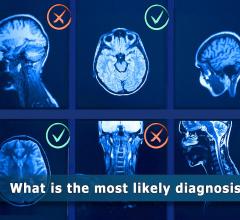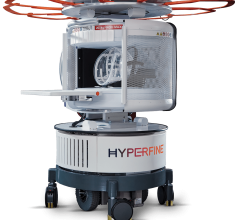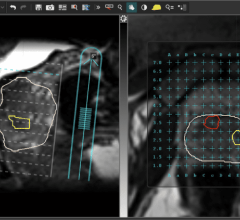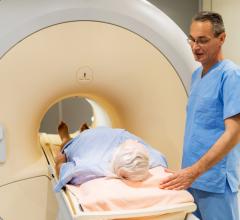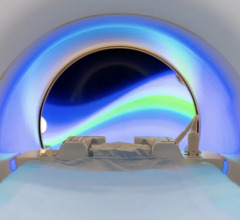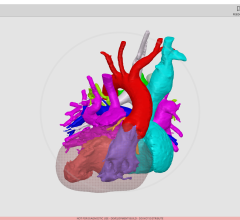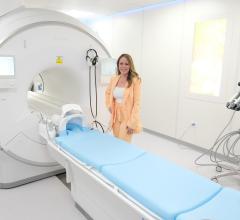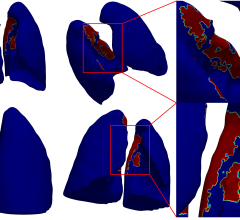Abnormalities in the prefrontal cortex and related brain areas are observed in adolescents who have attempted suicide, according to a report presented at the American College of Neuropsychopharmacology annual meeting in Phoenix, Arizona. The study suggests that deficits in frontal systems may be associated with risk for suicide attempts in youths with mood disorders.
Most suicide attempts occur in the context of mood disorders, including bipolar disorder and major depressive disorder. Bipolar disorder has a prevalence of 3-4 percent in the U.S. population, and 25-50 percent of those affected attempt suicide; 15-20 percent of individuals with the disorder die as a result. Early intervention is needed as suicidal behavior often first presents in adolescence. The development of new interventions, however, requires a better characterization of how features of brain structure and function are linked to the development of suicidal behaviors.
Using magnetic resonance imaging (MRI), Hilary Blumberg and colleagues at the Yale School of Medicine examined brain structure and function in adolescents and young adults, 14 - 25 years of age. Sixty-eight participants with bipolar disorder, of whom 26 attempted suicide, were compared with 45 healthy volunteers matched for age and gender. The investigators found that, compared with bipolar patients who did not attempt suicide and healthy control subjects, the participants who attempted suicide showed less integrity of white matter in key frontal brain systems, including the uncinate fasciculus, a fiber tract that connects the frontal lobe with key brain areas that control emotion, motivation, and memory. What was remarkable was that the deficits in the structural connections were linked to weaker connections between the prefrontal cortex and amygdala, suggesting that the white matter abnormalities disrupt the ability of these system components to work together. Further, there were links between the circuitry deficits and suicidal ideation, the number of suicide attempts and the relative lethality of those prior suicide attempts.
This work presents an important first step in understanding the neurobiology of how suicidal thoughts and behaviors are generated and may facilitate earlier identification of individuals at risk and development of targeted interventions to stop suicide.
For more information: www.acnp.org


 July 25, 2024
July 25, 2024 

